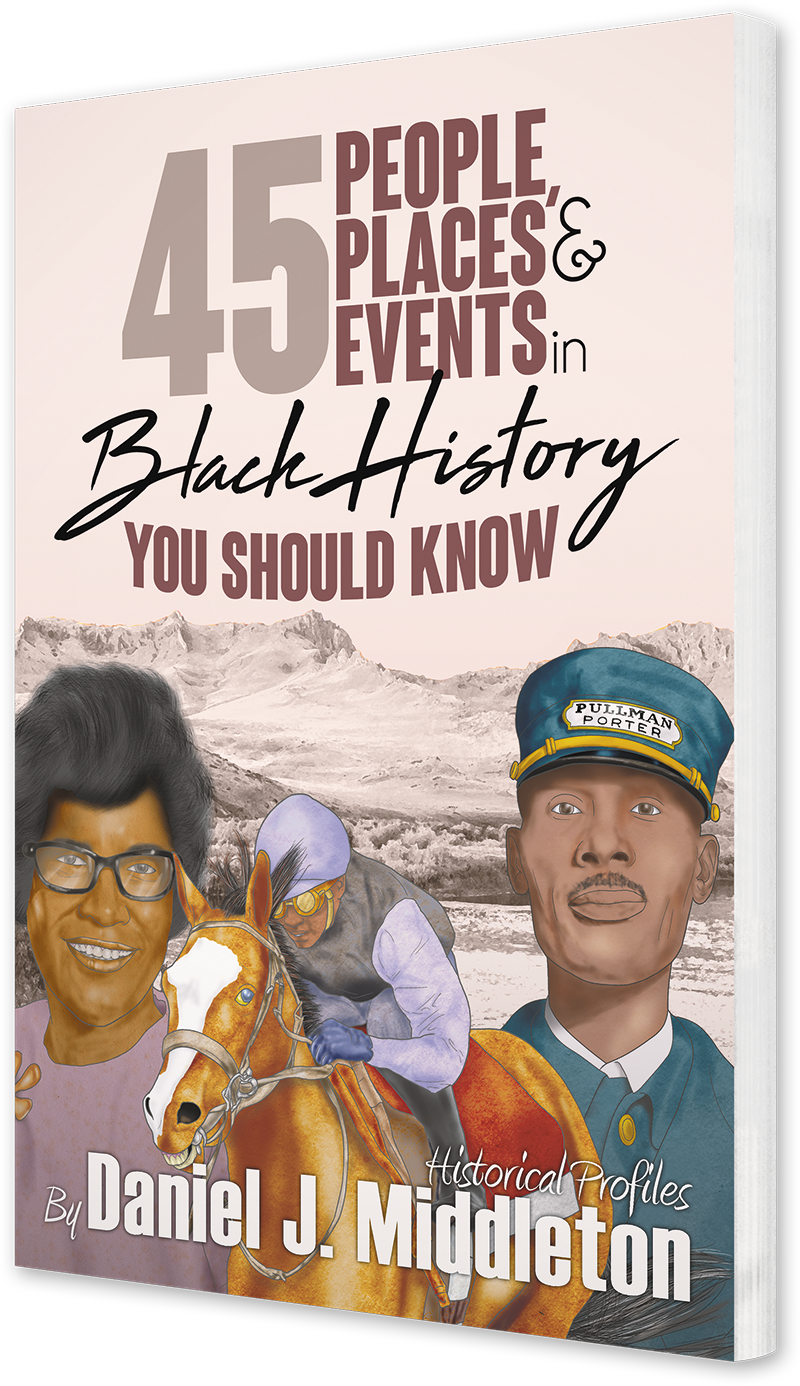Onesimus
The Black Boston Slave Who Helped Mitigate Smallpox
Proposed portrait of Onesimus and the historical account of smallpox inoculation in New England. Images in the public domain.
A black slave named Onesimus, who was stolen from his West African homeland and brought by force to the Massachusetts Bay Colony where he was sold, became one of the most important Bostonians in history. Onesimus is credited with instituting the first recorded inoculations in the Americas, which later led to the development of the first vaccines close to a century later.
A celebrated New England minister named Cotton Mather—who had been involved in the Salem witch trials—was gifted with Onesimus in 1706 by his Puritan congregation. Onesimus, whose origins and birth name are unknown, received his name from Mather. Meaning “profitable,” or “helpful,” it was borrowed from the Greek name of a New Testament slave.
1770 engraving of Boston Harbor by Franz Xaver Habermann. In the public domain.
Smallpox had been ravaging the New England territory before the arrival of Onesimus, with Boston itself experiencing an outbreak in 1703. In examining his new property, Mather asked Onesimus if he had ever been infected with smallpox in his homeland. Onesimus gave a vague reply, saying “Yes and no,” which demanded an explanation. Onesimus showed Mather his scar and went on to describe what he had experienced in Libya, something called variolation.
It involved taking infectious fluid like pus from smallpox patients. That infected material would then be inserted into a cut in the skin of a healthy person during a procedure supervised by a physician. If successful, the healthy person would experience mild smallpox symptoms before building up an immunity to the disease over time. But variolation was not always successful.
Looked at another way, this was the precursor of inoculation, where people are infected with a weakened form of a disease that allows their immune system to create a resistance to it via what is now called antibodies. Onesimus introduced this science to Mather, who went in search of evidence of its practice elsewhere. He found accounts that proved variations of the practice were in use throughout Asia and Africa, and that spurred him to launch a campaign to spread the adoption of variolation throughout Boston. But the city’s physicians ignored his call to action, decrying his folly in listening to the ramblings of a slave.
Cargo ships had brought smallpox to Boston time and again, yet little could be done about it, aside from imposing quarantine measures and making unsuccessful attempts to treat infected victims. In April 1721, one ship in particular, the HMS Seahorse, pulled into Boston from Barbados with a crew who had survived a recent bout of smallpox. One sailor managed to spread the disease while in Boston, however, and thereafter several infected sailors caused others to contract it. One of the worst smallpox epidemics in the history of Boston was soon underway.
Cotton Mather. In the public domain.
Encouraged by what he had learned from Onesimus, Mather made another attempt, this time mailing a pamphlet outlining his arguments for inoculation to a physician in Boston named Zabdiel Boylston. Dr. Boylston took Mather’s points to heart and performed the procedure on his young son, his slave, and his slave’s son. After experiencing mild smallpox symptoms, all three patients recovered. Despite the new outbreak, after several Bostonians learned of Dr. Boylston’s experiment, they reacted with disdain, tossing rocks with threatening and insulting notes through Mather’s front window.
Widespread resistance from town officials and sporadic violence on the part of the public prevented Dr. Boylston from inoculating more than 287 or so patients. Nearly half of Boston—roughly 11,000 people—became infected by smallpox. Of the 287 patients treated by Dr. Boylston (including Mather’s son), only 2% died from smallpox. On the other hand, over 14% of those who had not been inoculated by Boylston, contracted smallpox and died.
The inoculation measures carried out in Boston, which lasted till the late eighteenth century, paved the way for the development of the first smallpox vaccine by English physician Edward Jenner in 1796, and the eventual eradication of smallpox altogether. Smallpox is the only disease that has been entirely wiped out. At the heart of that victory is Onesimus, a little-known slave who certainly lived up to the meaning of his name.
You may also be interested in:

This article appears in 45 People, Places, and Events in Black History You Should Know.
Available from Amazon.com, BN.com, and other retailers.





Born a slave in 1818, Bridget “Biddy” Mason died a free woman, and the wealthiest resident of Los Angeles, California. She was an astute businesswoman who was beloved by the people of her city.